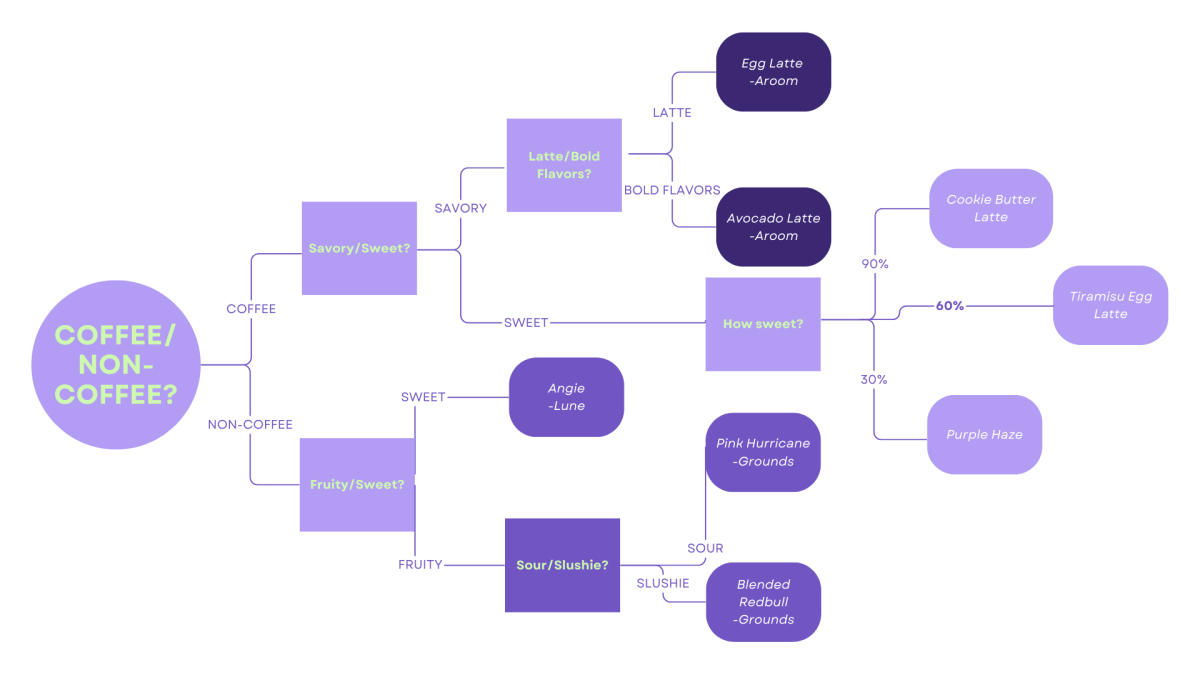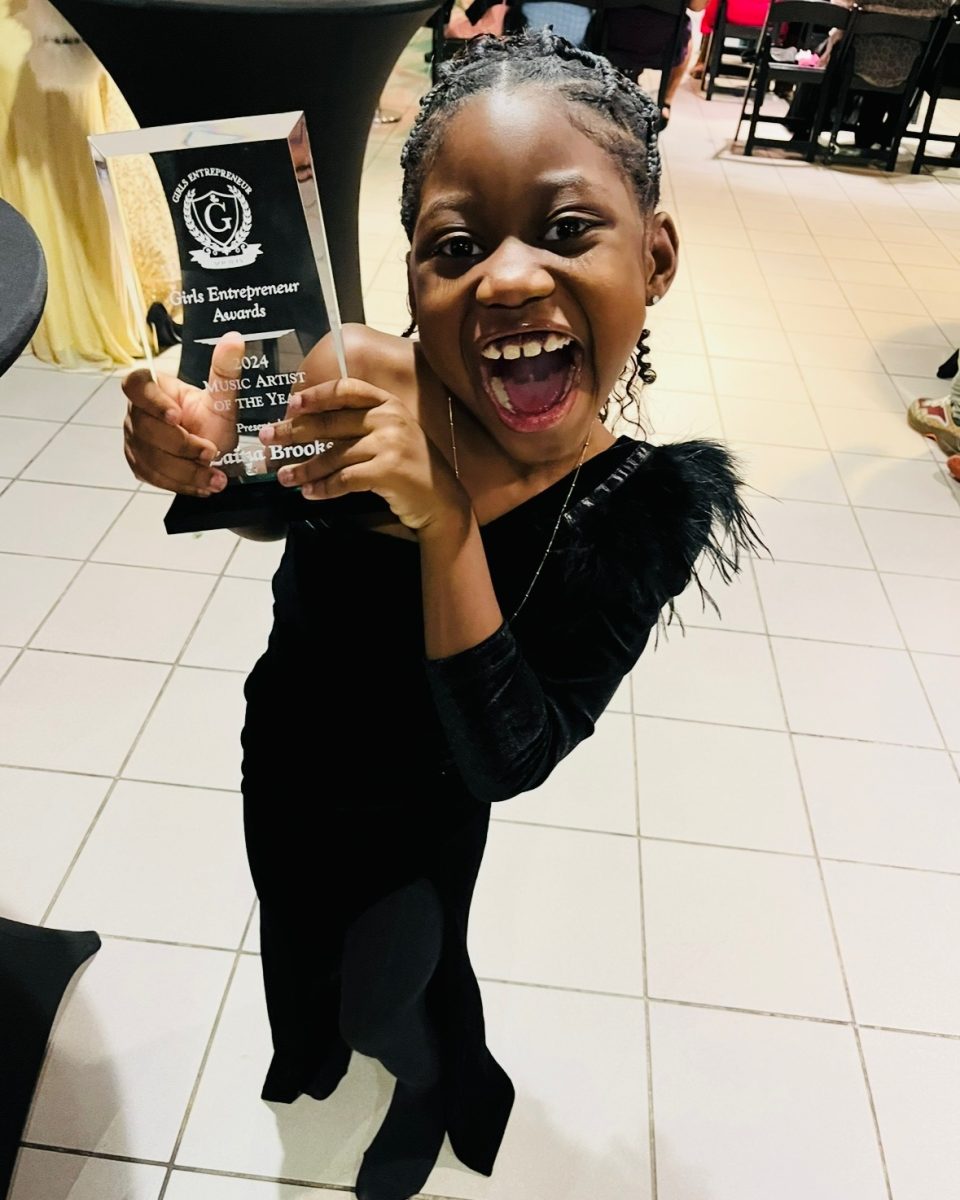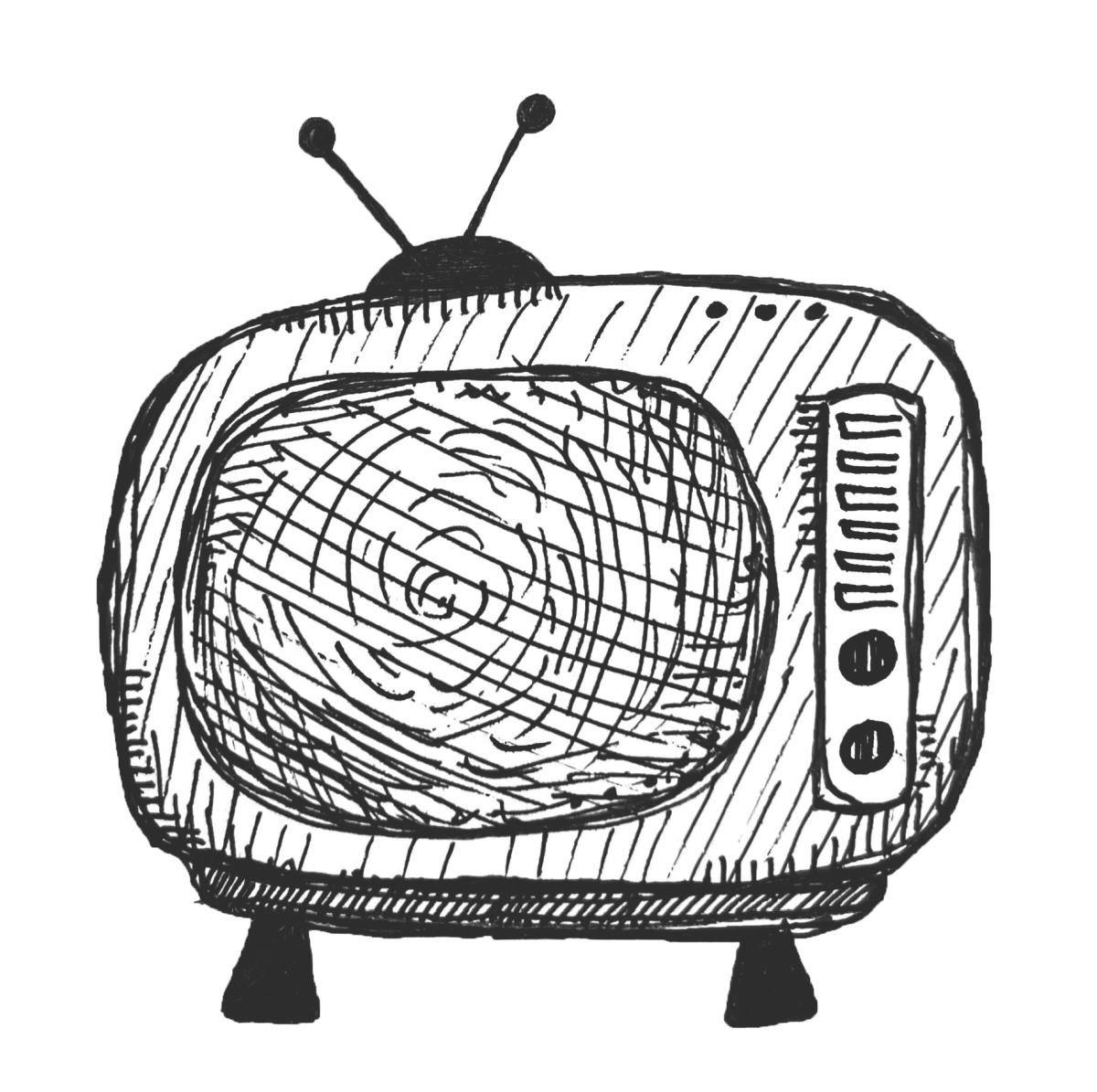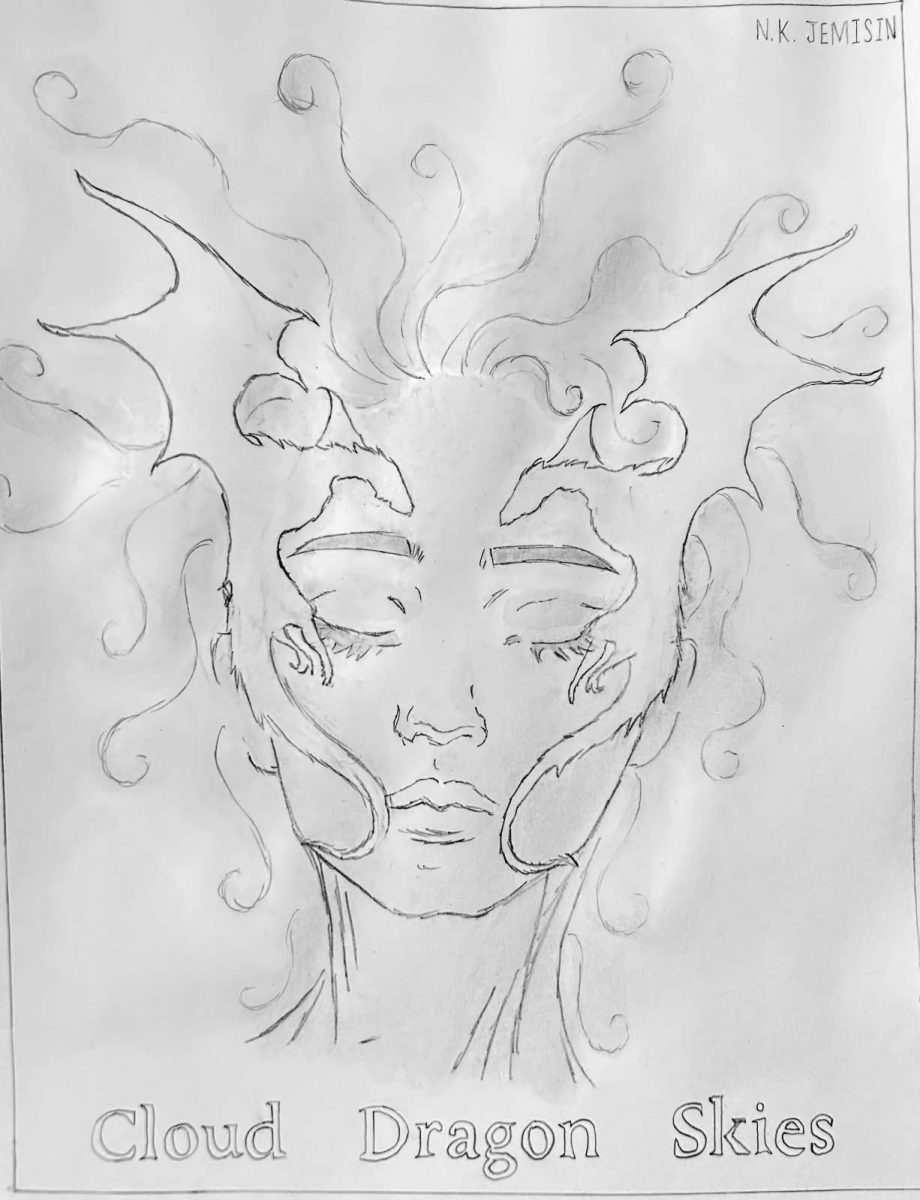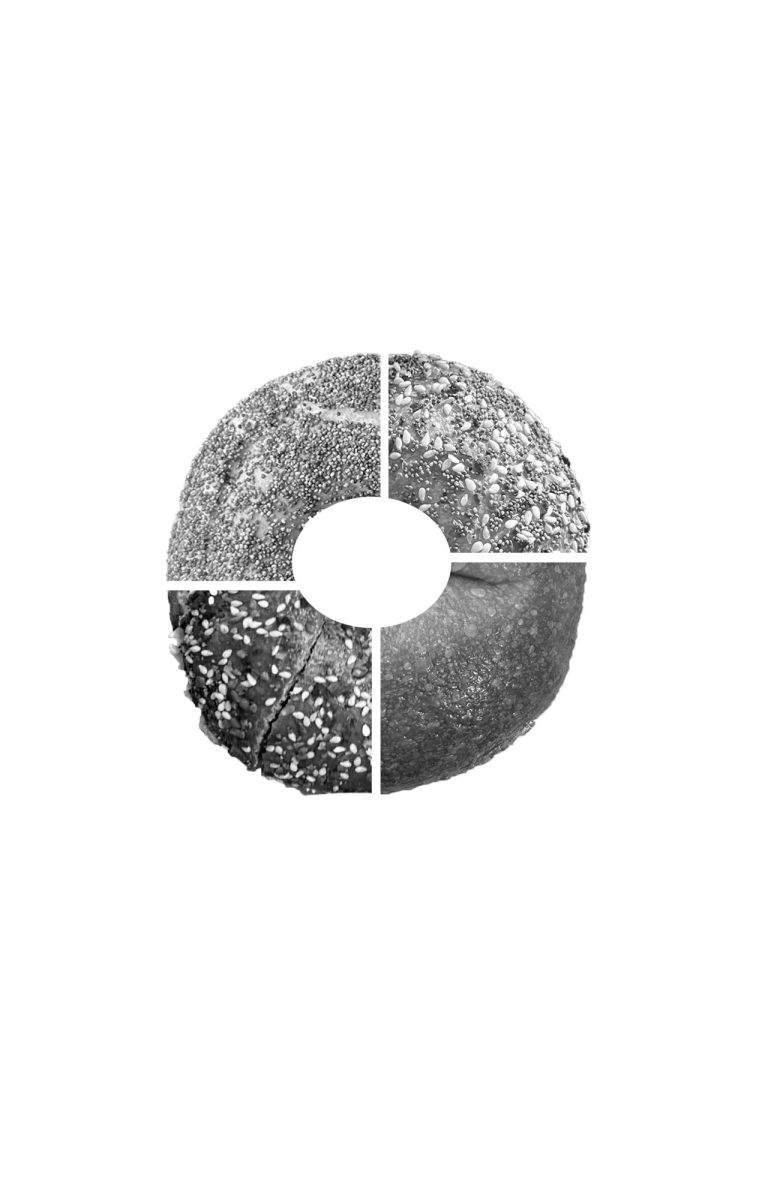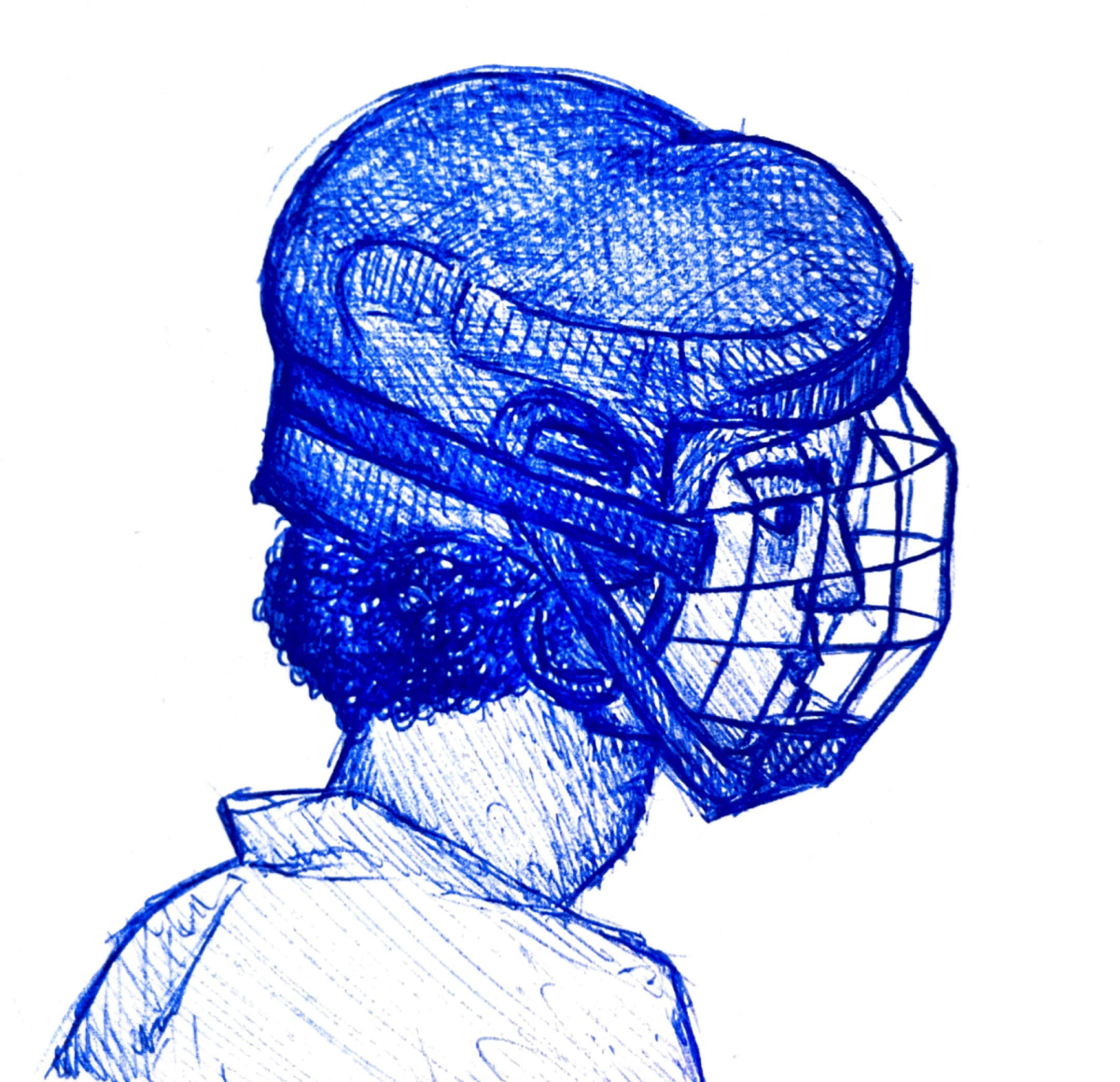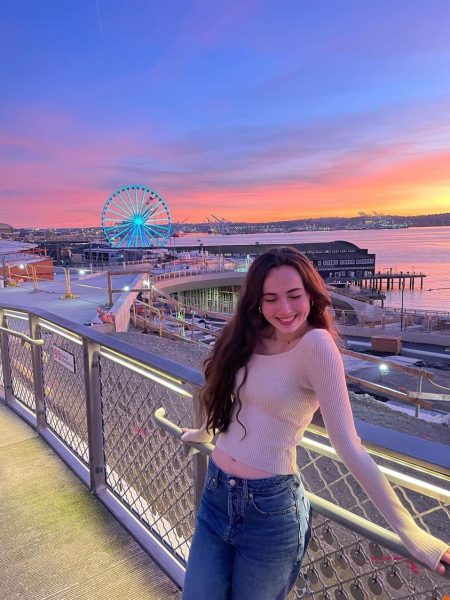In the northwest corner of Seattle Center, nestled in between the Climate Pledge arena and the Bagley Wright Theater, lives a
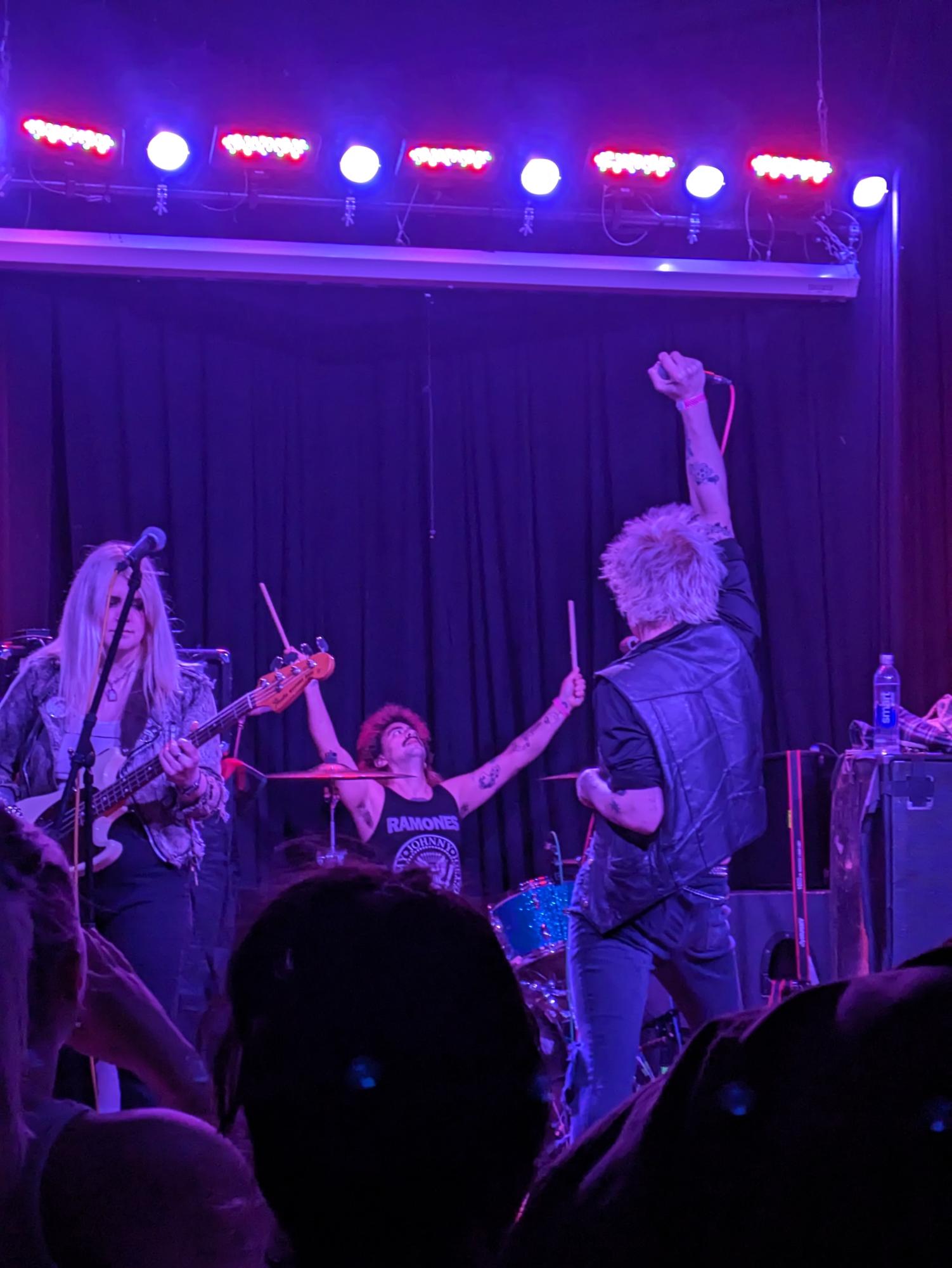
hub of art and music known as the Vera Project. Along with being a venue for concerts, the Vera also offers a variety of educational classes for youth including silkscreen printing, concert tech, and recording studios. It is now a rich community of artists and creators, but its focus on supplying youth with a creative space began from a history of exclusion in Seattle laws.
In the late 1970’s the Seattle teen dance ordinance was established which severely limited the ability of venues to host age-inclusive events where dancing could occur. Its requirements for all-age shows included a million-dollar liability payment and two off-duty cops to be present during the event. It was eventually overturned in 2000, but its lingering effects are still evident around the city’s music scene. Since then, businesses like the Vera Project, have made it their mission to create age-inclusive spaces for youth to be involved in Seattle’s music history.
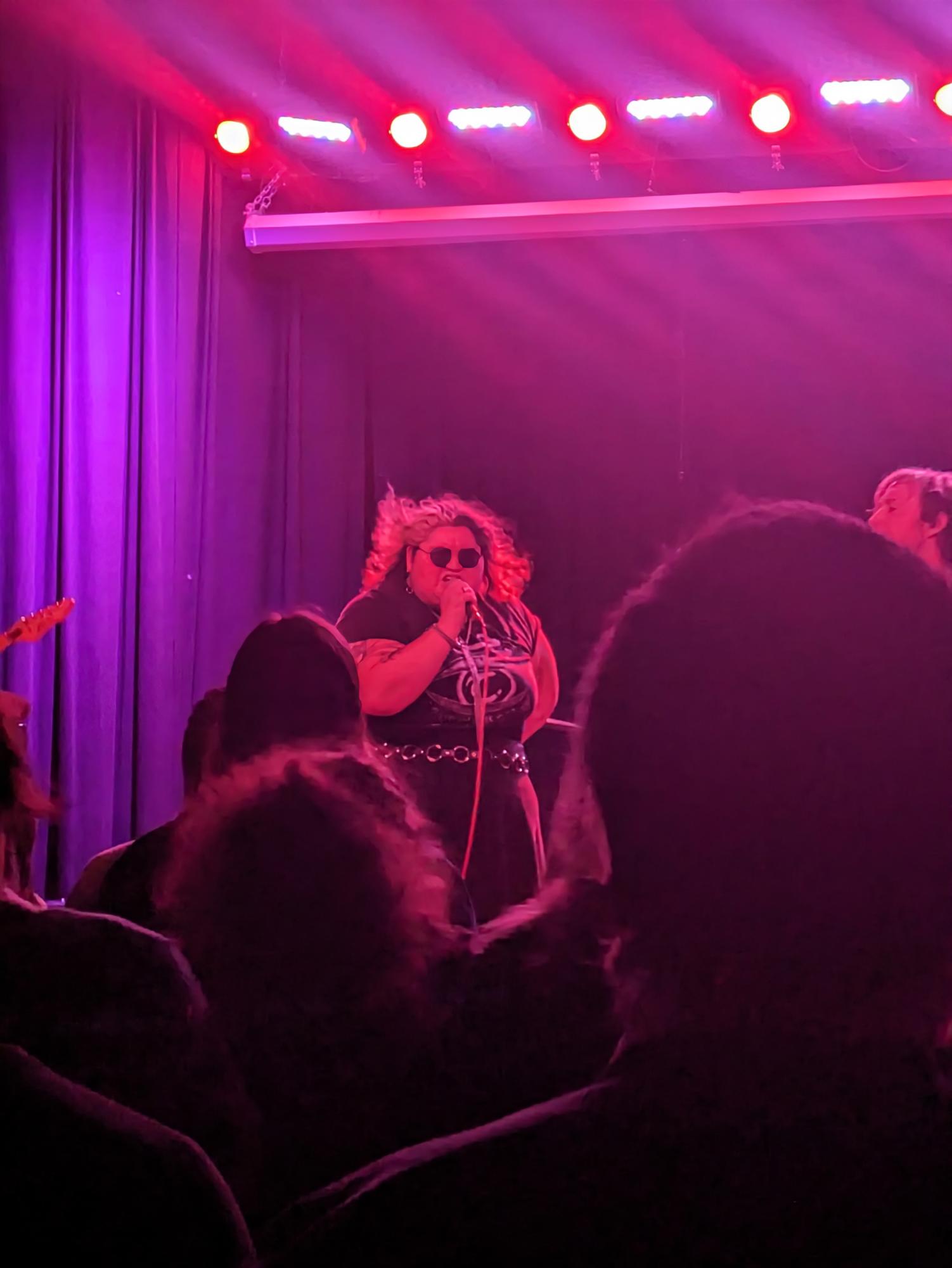
To bring young people into their space, the Vera focuses on “making sure we’re asking [youth] what do you want to do? Do you know, do you not know, do you just need a room to figure it out?” JJ Johnson, the production manager at the Vera, said. “We think a lot about where underserved demographics are and things like that and how we can reach them and get opportunities to them,” Johnson said. “For the young folks that are coming into this space, we want to make sure they have a sense of belonging and a sense of ownership within the space. We want them to be able to take control within committees and run their own projects. Just be a supportive platform for them,” community engagement coordinator Maya DeAvilla said.
Being an all-ages venue, the Vera uses their diverse reach to incorporate different audiences into their activities. At a youth-only art submission show, the Vera “had a ton of people giving you feedback and talking to you about your art, who were older than you. So it’s cool to get an adult’s perspective on your work,” junior Ruby Heffter said. While all art was by young people, “they still put a lot of effort into it and they advertised it as an art show. It was treated like a professional scenario,” Heffter continued. The variety of backgrounds and life experience give opportunities for “older people [to do] things like pass down experience in screen printing or doing sound at shows to younger folks,” Johnson said. Once someone has gained enough experience in areas like sound tech, the Vera offers professional scenarios for people to “get hired on as [an] assistant, like sound engineers and work like shows,” DeAvilla said.
Looking into the future, the Vera is focused on maintaining a space for youth to expand their creative opportunities and continuing to cultivate a community of people interested in arts and music. “My goal is to [keep] it an inclusive space and [make] it even more inclusive and more diverse and more accessible to young people,” DeAvilla said. “Once you become a volunteer at Vera, you have a place to come to and feel safe, and that [was my] experience when I was volunteering as a young person, and [the] experience of a lot of young people who have become a part of the community over the years,” DeAvilla said.
For more information on the Vera Project check out their instagram: @veraproject, website: theveraproject.org.



